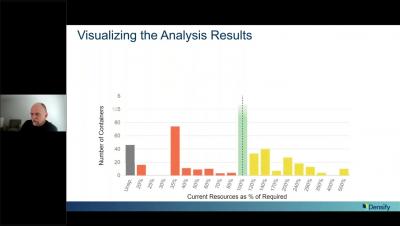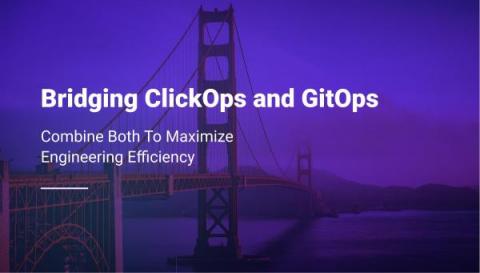Operations | Monitoring | ITSM | DevOps | Cloud
Containers
The latest News and Information on Containers, Kubernetes, Docker and related technologies.
We Let Our Developers Choose Their Own K8S Requests and Limits and This Happened!
Splunk Edge Processor: Filtering Kubernetes Data to Remove Events
Bridging ClickOps and GitOps
Kubernetes Monitoring Best Practices
Kubernetes can be installed using different tools, whether open-source, third-party vendor, or in a public cloud. In most cases, default installations have limited monitoring capabilities. Therefore, once a Kubernetes cluster is running, administrators must implement monitoring solutions to meet their requirements. Typical use cases for Kubernetes monitoring include: Effective Kubernetes monitoring requires a mix of tools, strategy, and technical expertise. To help you get it right, this article will explore seven essential Kubernetes monitoring best practices in detail.
Ep. 5: Scaling the Cloud: The Growth & Future of AKS featuring Jorge Palma
Best Practices for Monitoring Kubernetes with Grafana
There are tons of tools to choose from when it comes to visualizing data, but Grafana has become one of the best ways for organizations to visualize information and get notified about events happening within their infrastructure or data. According to Kubernetes: In this article, we will take a look at the best practices for monitoring Kubernetes using Grafana.
Kubernetes Gateway API (Everything You Should Know)
The Kubernetes networking landscape is shifting. The traditional Kubernetes Ingress approach is being complemented and, in some cases, replaced by a more powerful, flexible, and extensible standard: the Kubernetes Gateway API. Kubernetes has become the go-to platform for orchestrating and managing containerized applications. A key aspect of Kubernetes that's crucial for the functionality of these applications? Networking.











